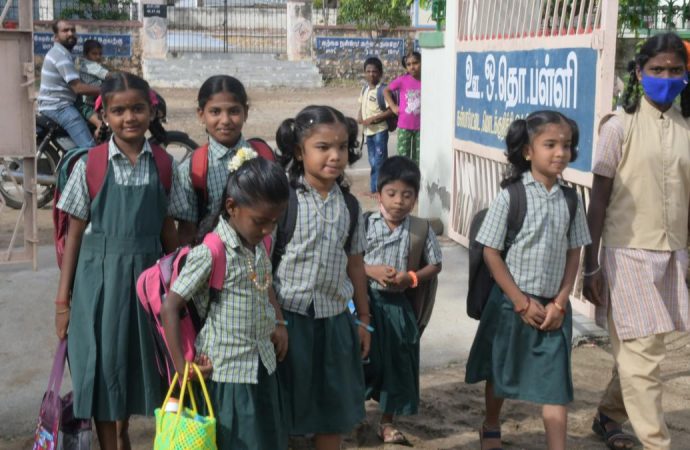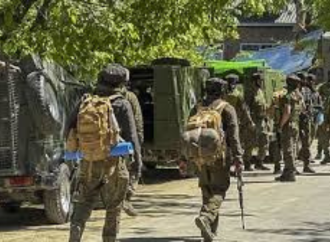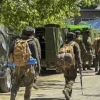Amid ongoing India-Pakistan tensions, schools and colleges in non-border areas of Jammu and Kashmir resumed operations on May 13, 2025, signaling the first signs of normalcy. Educational institutions in the region had been closed for several days due to the escalating conflict between the two nations. However, border-area schools will remain closed as a precautionary
Amid ongoing India-Pakistan tensions, schools and colleges in non-border areas of Jammu and Kashmir resumed operations on May 13, 2025, signaling the first signs of normalcy. Educational institutions in the region had been closed for several days due to the escalating conflict between the two nations. However, border-area schools will remain closed as a precautionary measure to ensure safety.
The Jammu and Kashmir Information and Public Relations Department confirmed the reopening through its official account, stating, “The Government has decided to reopen schools and colleges in all non-border districts of Jammu and Kashmir starting May 13, 2025.”
In addition to educational institutions, civilian flights from Srinagar Airport are set to resume after a week-long suspension due to the heightened tensions. Haj flights from Srinagar will also begin on May 14.
On May 11, J&K Chief Minister Omar Abdullah visited Poonch district to express condolences to families affected by Pakistani shelling. Abdullah emphasized the need for better preparedness in case of future escalations, highlighting the importance of national security and resilience.
Meanwhile, Punjab’s Amritsar and Ferozepur districts have kept schools closed on May 13 as a precaution. The Deputy Commissioner of Amritsar, Sakshi Soni, confirmed the decision, urging residents to stay alert. While Ferozepur schools will remain shut for the next 48 hours, some areas, such as Pathankot, Fazilka, and Tarn Taran, also reported school closures. Conversely, Gurdaspur, Sangrur, and Barnala districts resumed normal school activities.
This situation reflects the challenges of maintaining educational continuity in areas affected by geopolitical tensions, while also prioritizing safety and security.




















Leave a Comment
Your email address will not be published. Required fields are marked with *